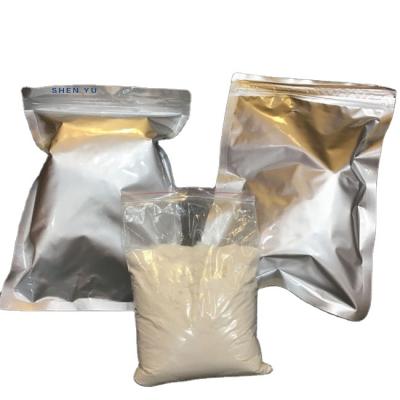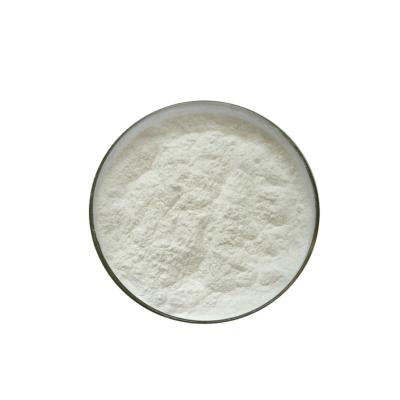Classification of alcohol disinfection
Edible alcohol: cereals, potatoes, molasses or other edible crops as the main raw material, by fermentation, distillation and refining, for the food industry use of alcohol containing water. (Quoted from GB 31640-2016 National Food Safety Standard Edible Alcohol)
Medical alcohol: It is made from starchy plants by saccharification and then fermentation through distillation, which is equivalent to the process of making wine, but the distillation temperature is lower than that of wine, the number of distillations is more than that of wine, the alcoholic content is high, the amount of finished products is high, and the ether and aldehyde components other than alcohol are more than that of wine, so it cannot be consumed, but it can come into contact with the human body for medical use.
Industrial alcohol: that is, the alcohol used in industry, also known as denatured alcohol, industrial fire alcohol. The purity of industrial alcohol is generally 95% or more. There are mainly synthetic and brewing (corn or cassava) two ways of production, which contains a certain amount of methanol, aldehydes, organic acids and other impurities, which greatly increases its toxicity, industrial alcohol can not be used for human disinfection, because methanol will lead to poisoning, used for skin disinfection will also be partly absorbed by the skin, poisoning can lead to blindness or even death in serious cases. GB/T 394.1-2008 Industrial alcohol Methanol content (superior grade) ≤ 800mg/L, much greater than the edible alcohol GB 31640-2016 in the methanol content ≤ 150mg / L.







